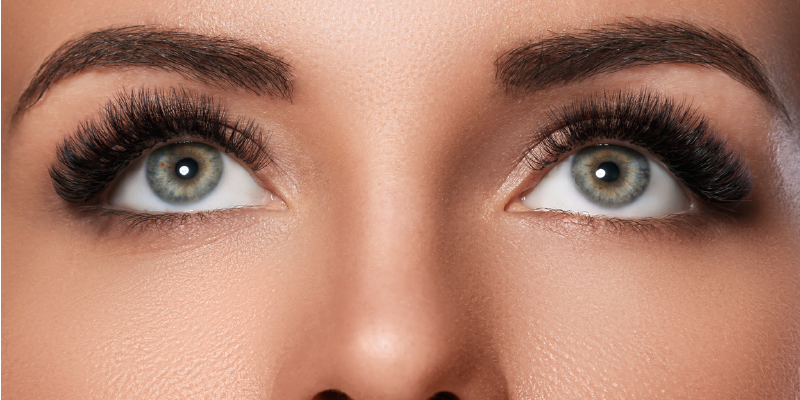Ocular surface diseases, a term for problems that affect the surface of the eye, come in many forms. Though there are a wide variety of pathologies that can be involved in ocular surface disease, they all have one thing in common: inflammation. Many of the symptoms you might experience if you were suffering from such a disorder are due to an inflammatory reaction that has arisen as a part of or has contributed to the condition.
Inflammation in and around your eye is the most obvious red flag that something is wrong. And that means you may have an ocular disease that needs to be taken care of.
What Is Eye Inflammation?
People likely think of swelling when they hear the word inflammation, and they wouldn’t be wrong. Swelling is a prominent, and often the most noticeable symptom of an inflammatory reaction. However, redness, soreness, and a warm or flushed feeling at the affected area may also occur. These symptoms are due to dilated blood vessels, increased blood flow, and immune cell infiltration into the eye area.
Such reactions are your body’s natural means of trying to quickly manage various problems, from infection by viruses or bacteria to irritants like dust or harmful chemicals to damaged cells. When an infection or injury is detected, your body increases blood flow to the afflicted area. This allows white blood cells and growth factors to infiltrate the area. And it clears any invading pathogens as well repair any damage.
Ocular Inflammation

When inflammation occurs in your eyes, they may become red or bloodshot. They may feel sore, itchy, tired, burning, stinging, or like there is something stuck in them. There may also be inflammation in your eyelids or in the skin around your eyes. Allergic reactions are a special type of inflammation. It includes hay fever, itching, burning, and watery eyes. It happens when your body overreacts to allergens such as pollen or pet dander.
In the cases of ocular surface diseases, this response is triggered by damage to the epithelial cells that form the top layer of your eyeball, caused by conditions such as dry eye disease, corneal ulcer, recurrent corneal erosion, and others. Such disorders are prone to becoming chronic because in addition to causing inflammation they can also be caused by inflammation. In dry eye disease, for example, inflammation can disrupt the production of tears and the lipid film that prevents them from evaporating too quickly; likewise, the inflammation that arises from the resulting damage to the delicate ocular surface tissue can further exacerbate the problem.
How to Care for Inflamed Eyes?
If you are experiencing inflammation in your eyes, it is important to take care of it, before the vicious cycle of inflammation becomes too severe. Keeping your eyes clean is a crucial component for addressing any ocular disorder. It is also crucial for managing the symptoms of inflammation. For example, Cliradex Light foaming cleanser and Cliradex towelettes can be used as part of your daily facial hygiene routine to clear your eyelids and skin around your eyes of pathogens and irritants and to keep your glands unclogged. They also contain 4-terpineol, an ingredient in tea tree oil which has cleansing and mite-killing activities, helpful for clearing a wide range of infections. As stated earlier, inflammation in your eyes is a hallmark of ocular surface diseases. So we recommend visiting your doctor or optician to make sure the underlying problem is being properly addressed.




